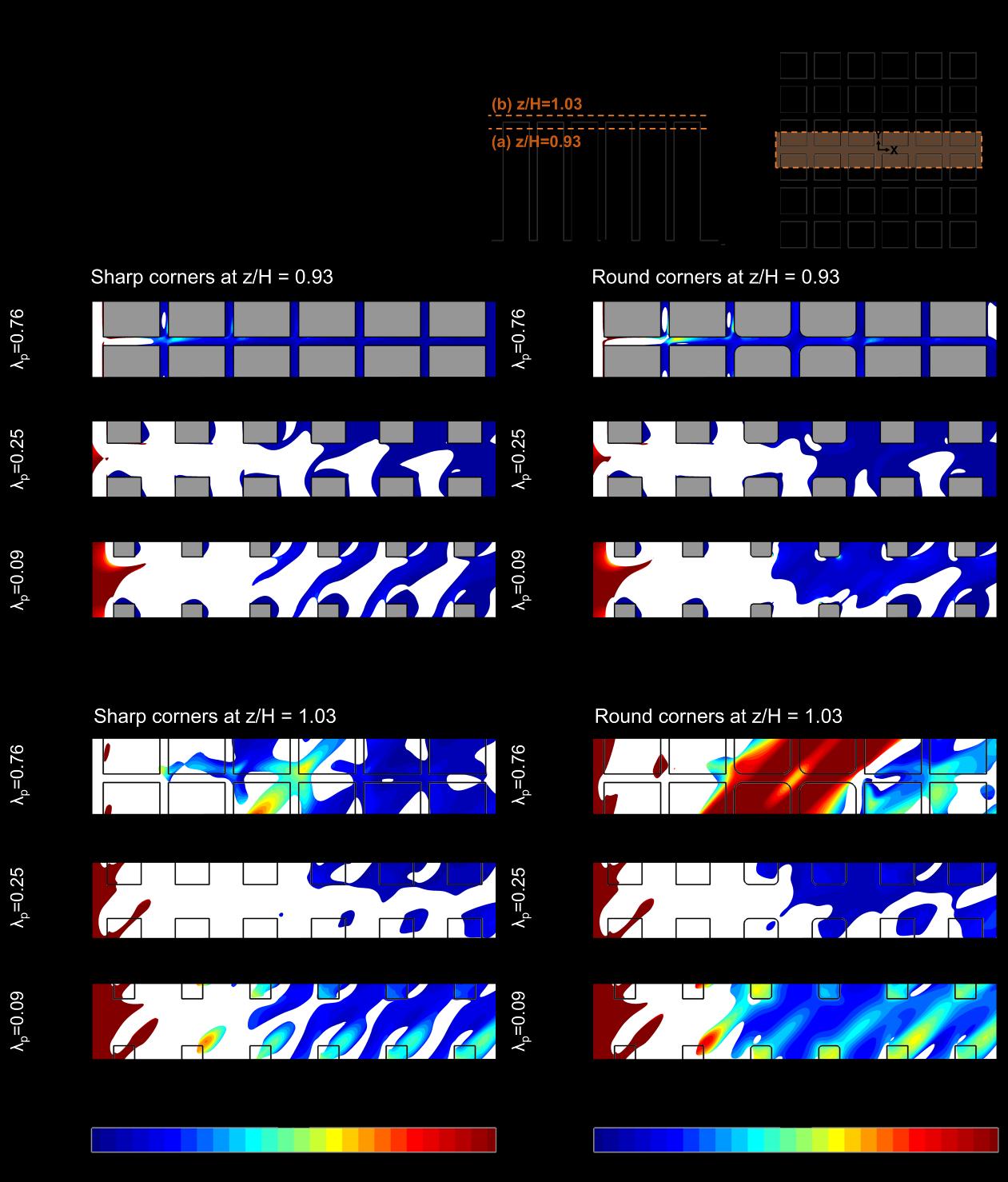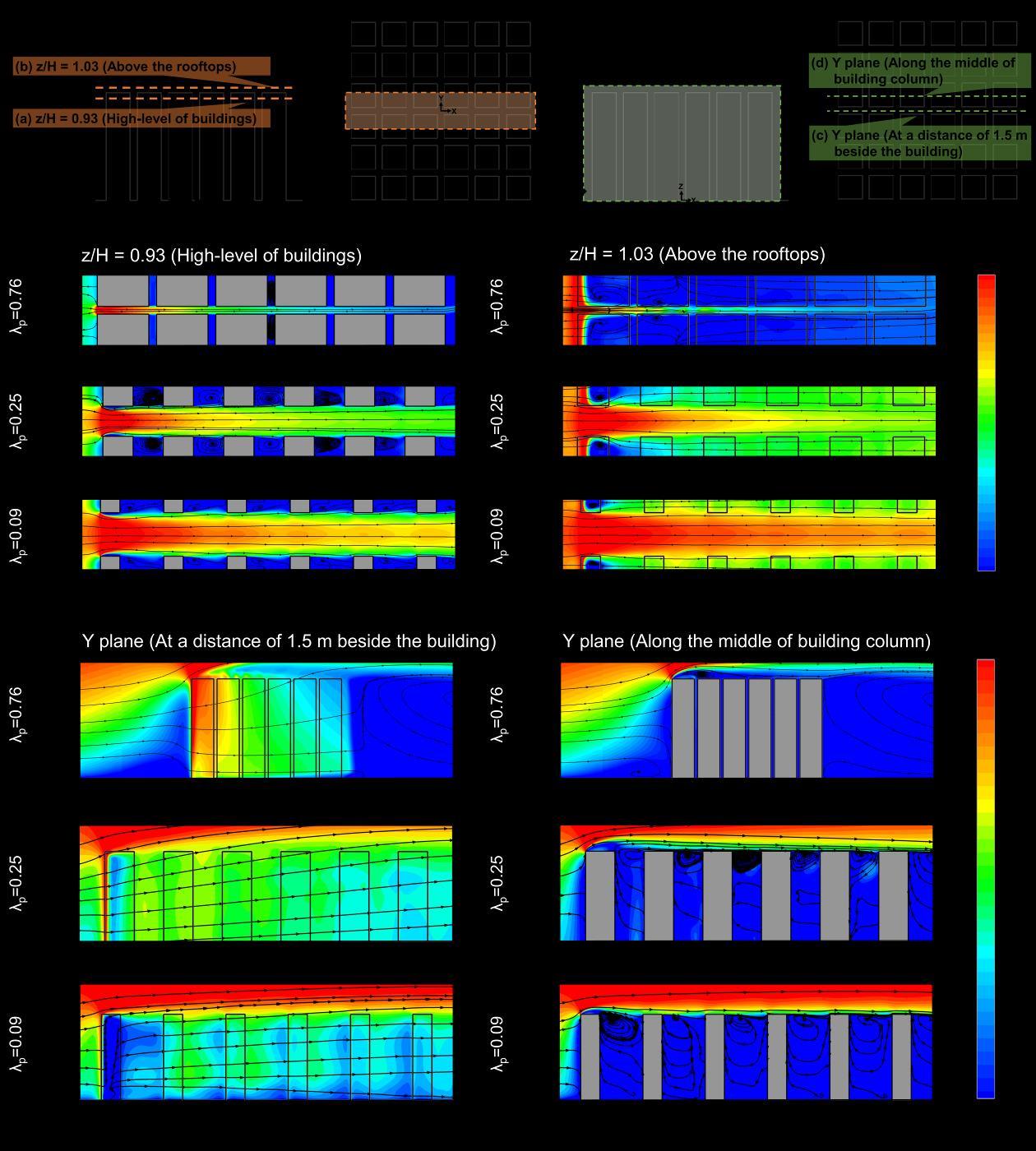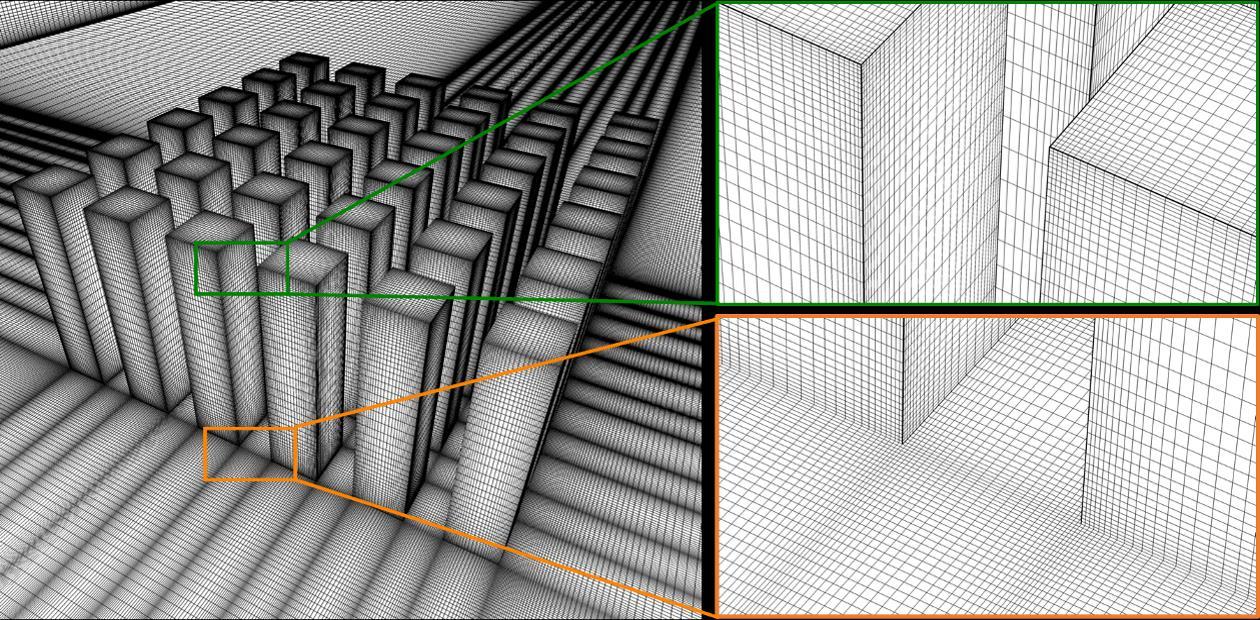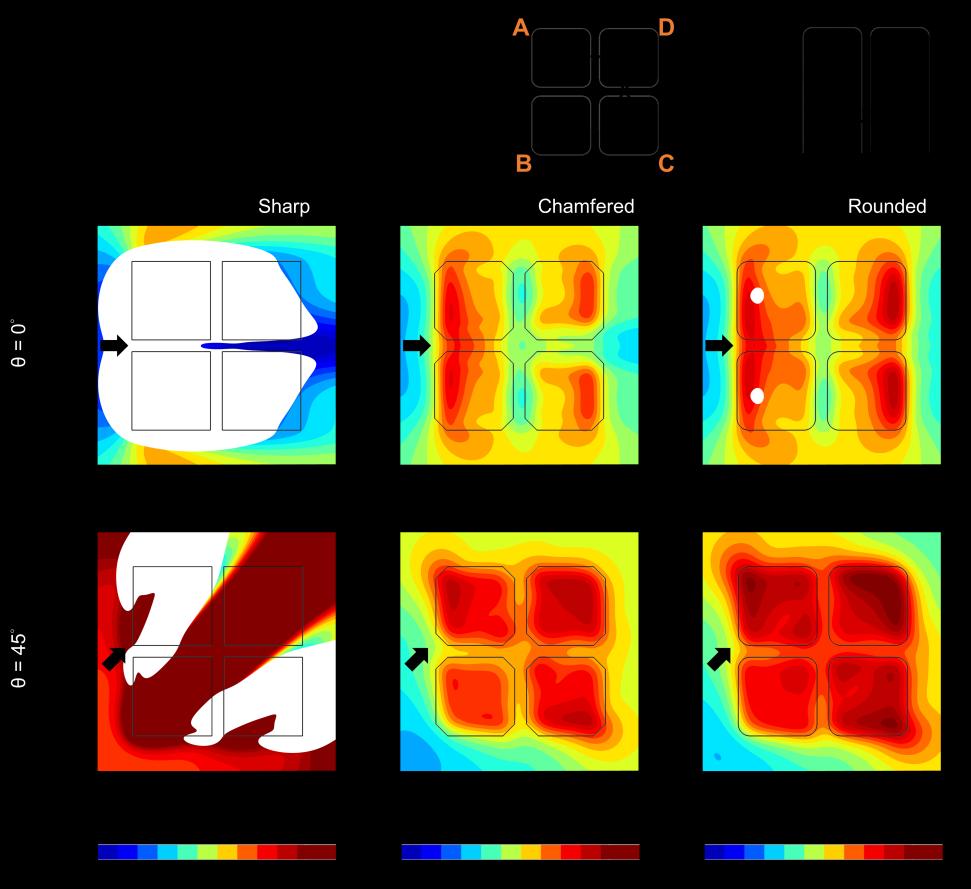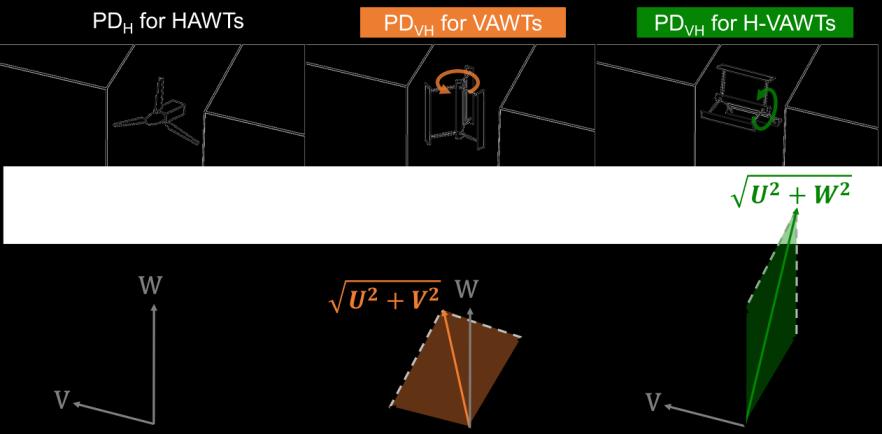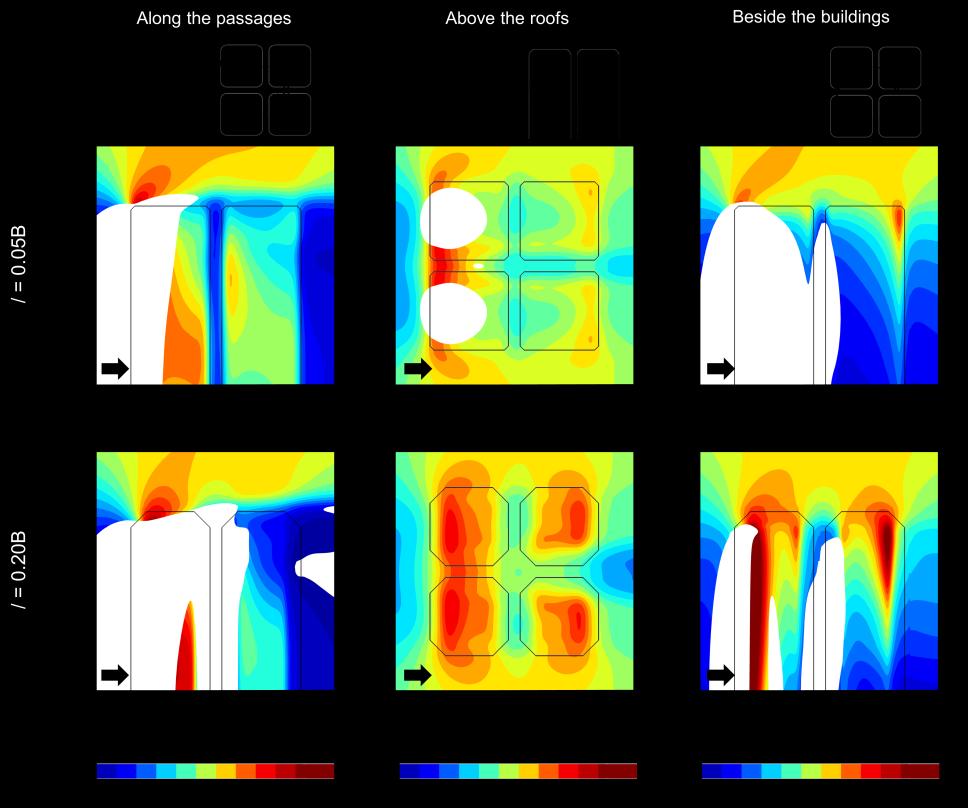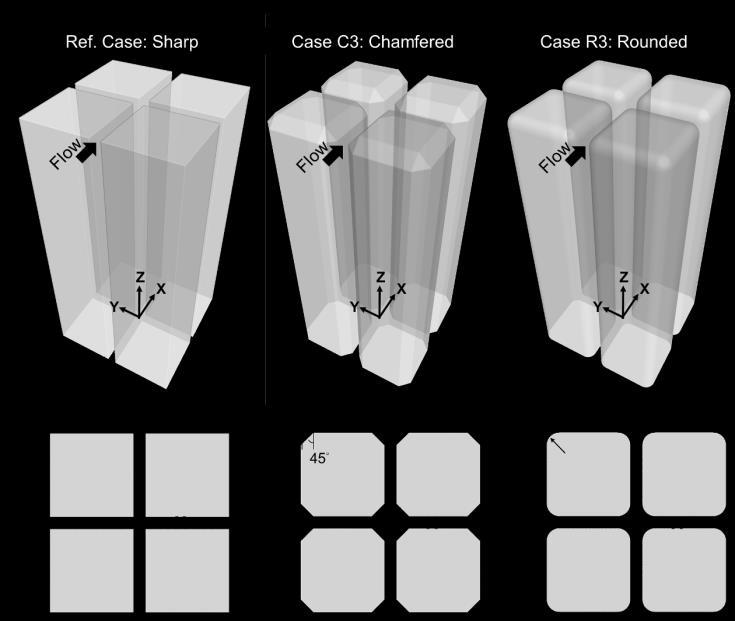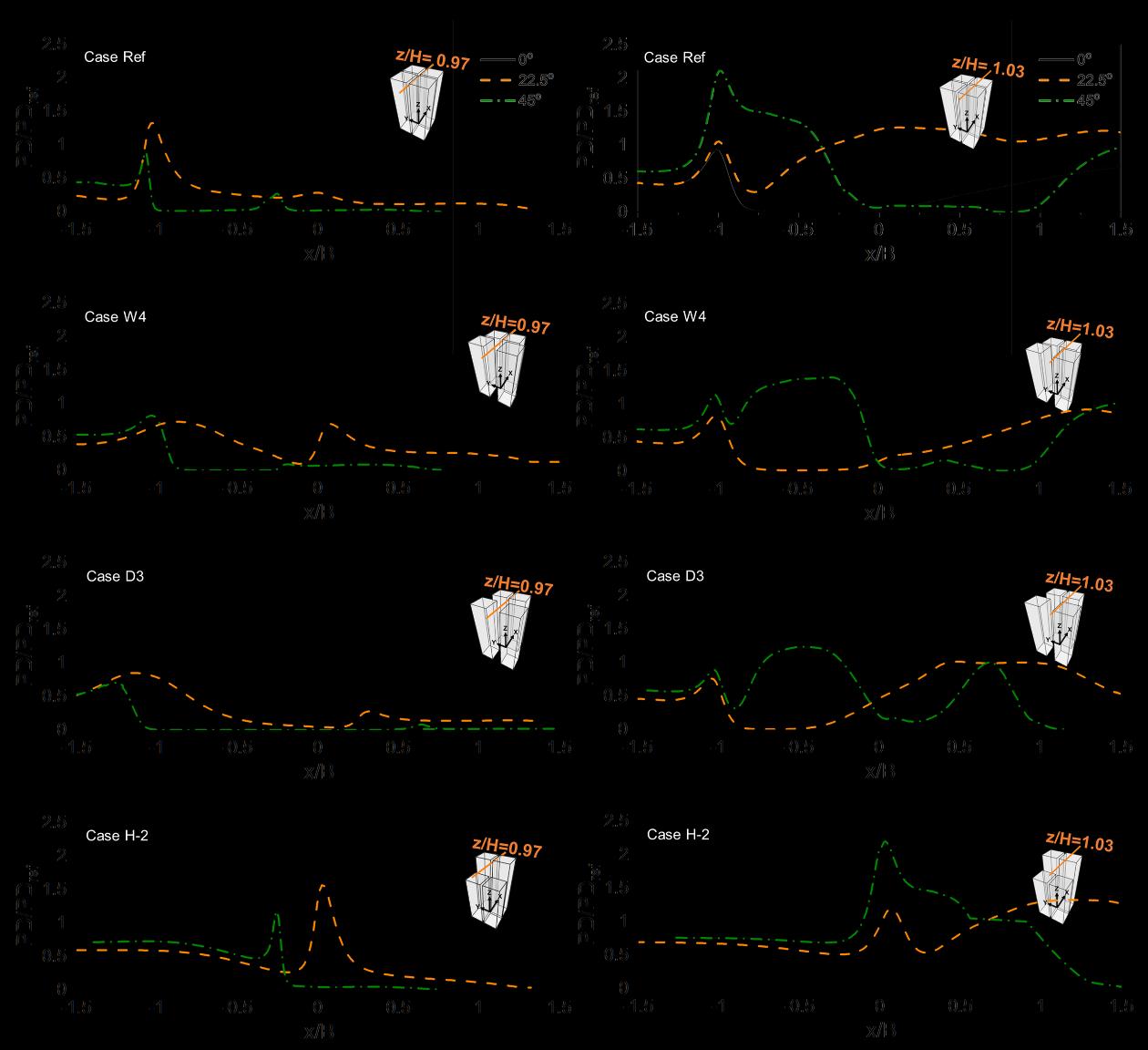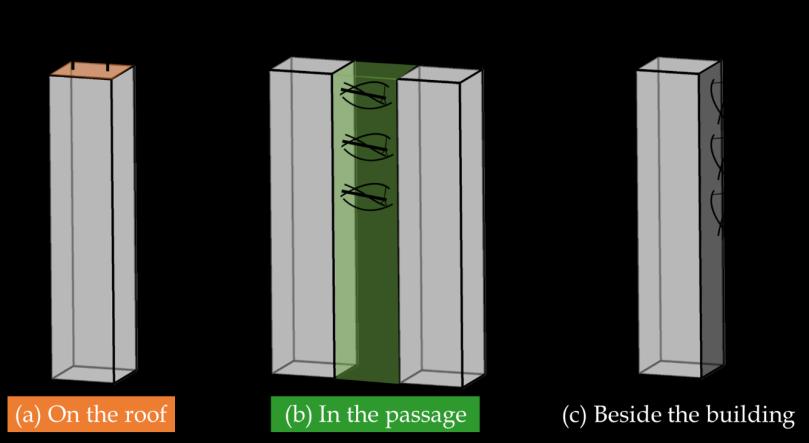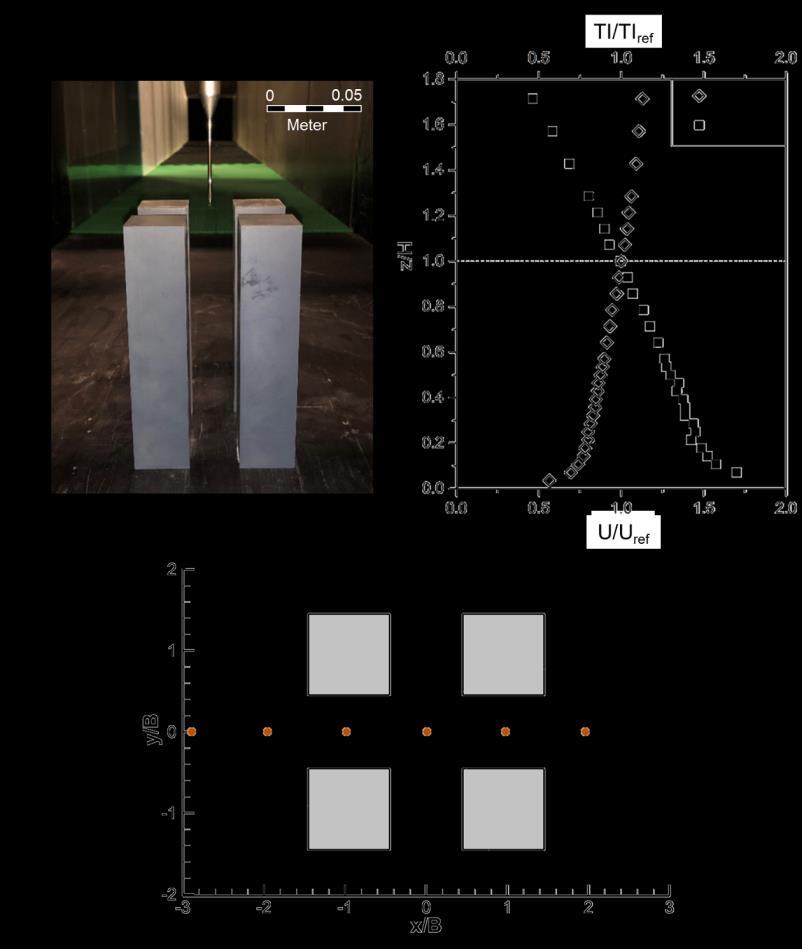Chapter 1
6
Figure 1.1. Potential regions of incorporating wind turbines into buildings
Concerning the type of wind turbine, the vertical axis wind turbine (VAWT) and the horizontal axis wind turbine (HAWT) are the two most well-known types. Many studies emphasized that the VAWT is highly advantageous over the HAWT primarily due to its potential power gain in vertically skewed airflows and omni-directionality [19-21]. To further evaluate the wind energy potential considering other turbine types, three different combinations of wind turbine type and orientation are illustrated in Fig. 1.2. Note that the relative velocity component for each turbine type is different as indicated. a)
b)
c)
The typical HAWT: the HAWT is positioned with its axis in the horizontal direction. The corresponding power density is calculated using the mean streamwise velocity component (U), as the normal component to the rotor plane. The typical VAWT: the VAWT is positioned with its axis in the vertical direction. The corresponding power density is calculated using the vector sum of the streamwise and lateral velocity components ( U 2 + V 2 ). The horizontally-mounted VAWT: the VAWT is positioned with its axis in the horizontal direction. The corresponding power density is calculated using the vector sum of the streamwise and vertical velocity components ( U 2 + W 2 ).
Due to the different relative velocity components for each turbine type and its orientation, the power density can be different for different turbines at diverse possible installation regions. Therefore, a detailed investigation is required to provide insight into the impacts of the wind turbine type and orientation on the wind power density and acceptable turbulence intensity.
Figure 1.2. Schematic of wind turbine type and orientation.


